Introduction
Figure 1

Figure 2

Figure 3
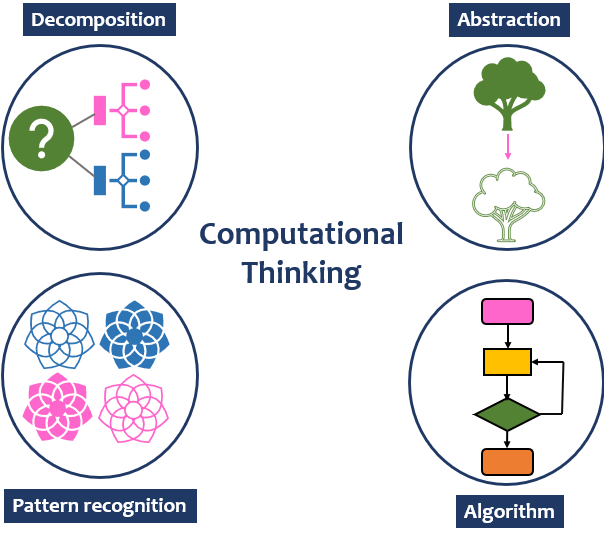
The four components of computational
thinking
Figure 4

Exercise
Figure 1
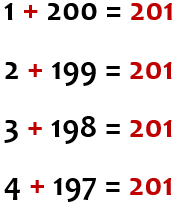
Spotting a pattern
Computational thinking in practice
Figure 1
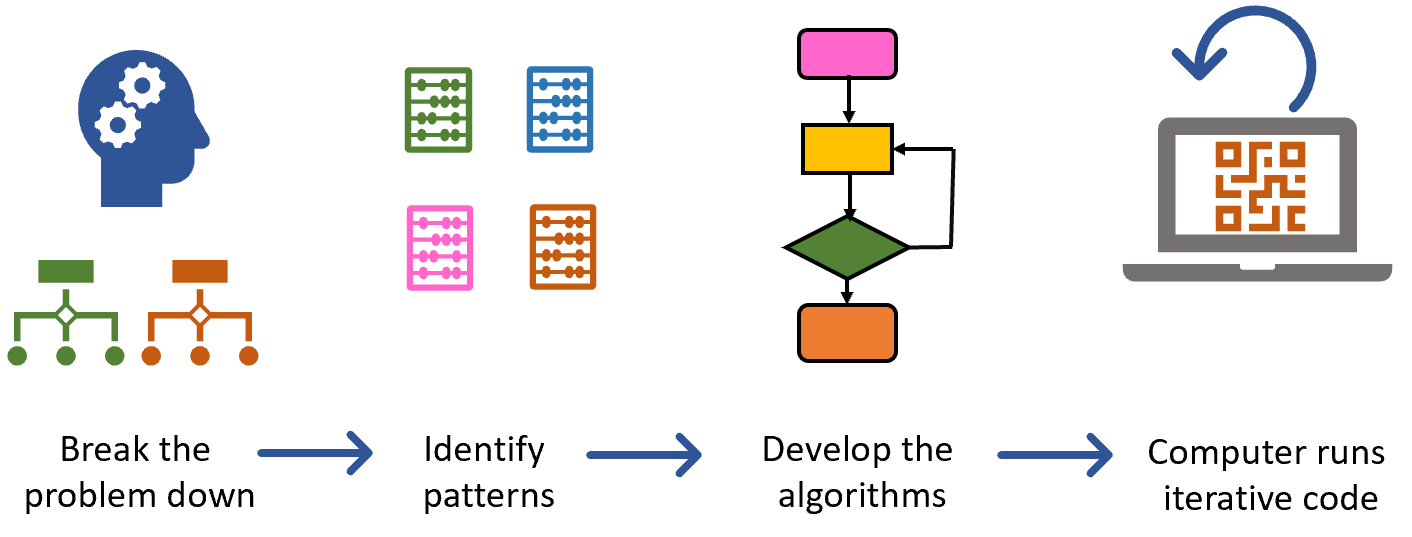
The computational thinking process in
action
Figure 2
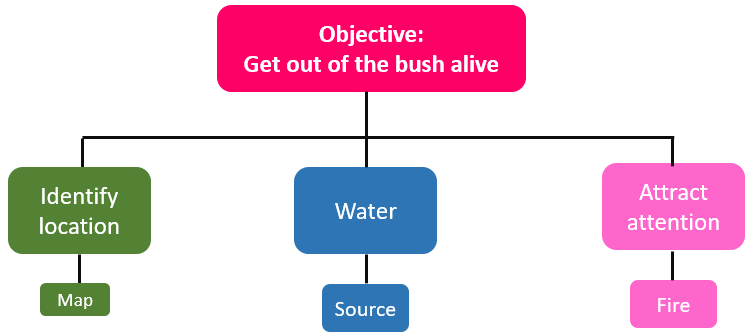
Basic Structure Diagram
Computational thinking in programming
Figure 1
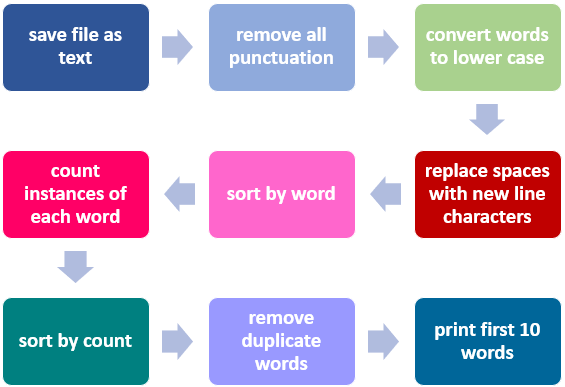
Counting words in a text
Figure 2

Branching code
Pseudocode
Figure 1
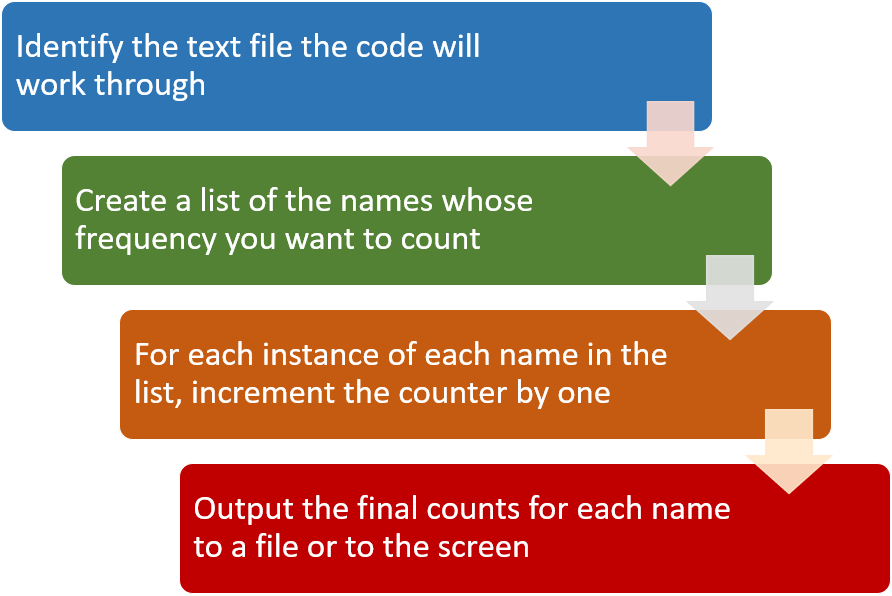
Pseudocode steps
Figure 2
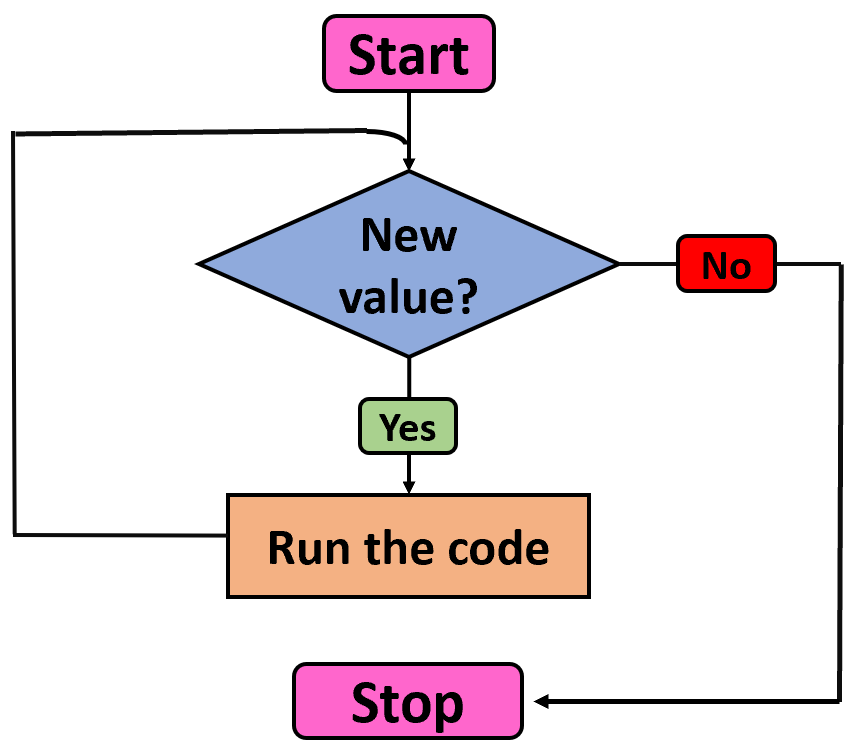
Loops in programming
Figure 3
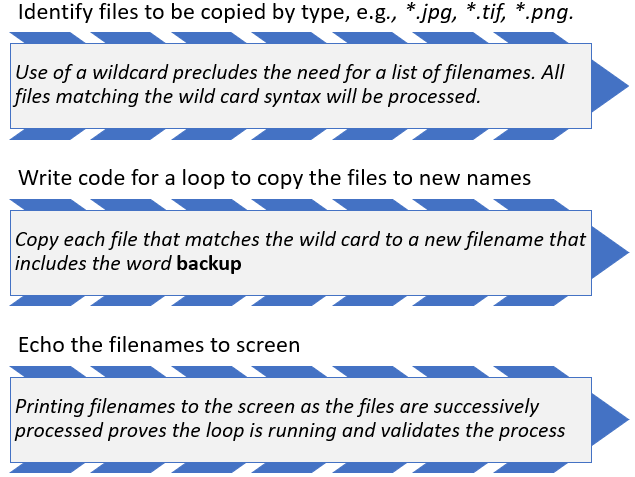
Steps in the copying loop
Figure 4
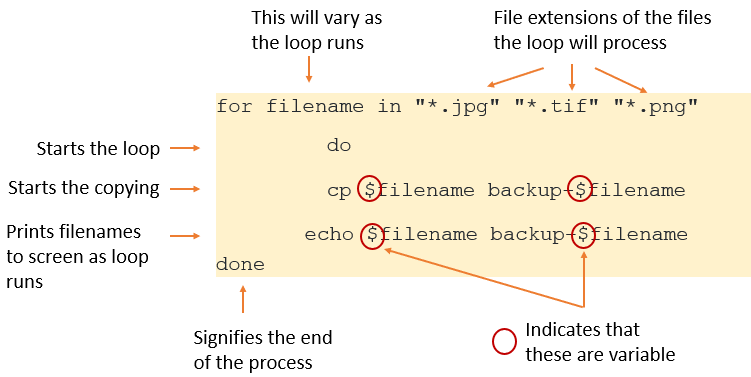
Coding a loop in the Unix shell
Potential solutions to practice exercises
Figure 1

Steps in the copying loop
Figure 2

Coding a loop in the Unix shell
Figure 3
 {alt=“RM command in the shell”,
width=“75%”}
{alt=“RM command in the shell”,
width=“75%”}
